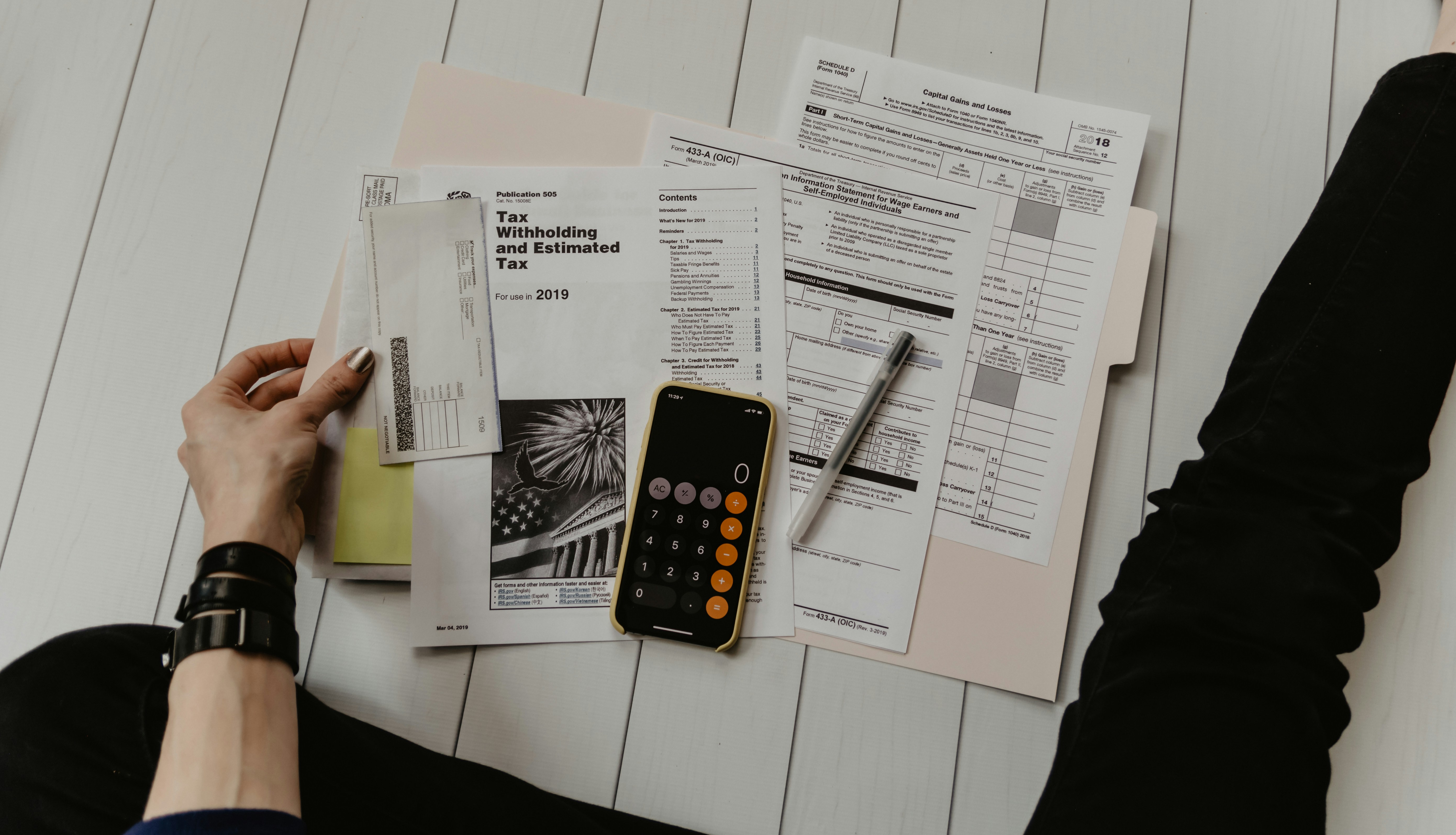Budgeting that respects your real life
Plan cash flow, cover essentials, and prepare for the unexpected. Educational content only; not financial advice.
Knowledge at your fingertips
Use a simple, collaborative approach to track cash flow, cover essentials, and stay ready for the unexpected. Educational content only; not financial advice.
Documents in Clear Step can be used for planning true expenses, reviewing weekly categories, and assigning action items.
Essentials first
Cover housing, utilities, transportation, groceries, and minimum payments before optional items.
Weekly allowances
Stabilize variable spending with simple weekly targets for categories like food.
Buffer for timing
Aim for a one-paycheck buffer to smooth timing gaps. Rebuild after use.
A single weekly review keeps your plan aligned with reality.
A simple 4-step setup
Keep it lightweight. You can refine later as patterns emerge.
- List income & fixed costs. Paychecks, benefits, rent, utilities, insurance.
- Estimate variable spending. Use the last 1–2 months for groceries, fuel, phones, subs.
- Plan true expenses. Annual fees, maintenance, gifts—save small amounts each month.
- Pick a tracking tool. Spreadsheet or app; automate transfers when possible.
Common budgeting questions
How much should go to savings?
Targets vary by situation. Many start small (1–5%) and increase as cash flow improves.
What if income is irregular?
Base your plan on a conservative average. Prioritize essentials and build a buffer first.
Do I need multiple bank accounts?
Not required, but separating bills vs. spending can reduce mix-ups and overdrafts.


